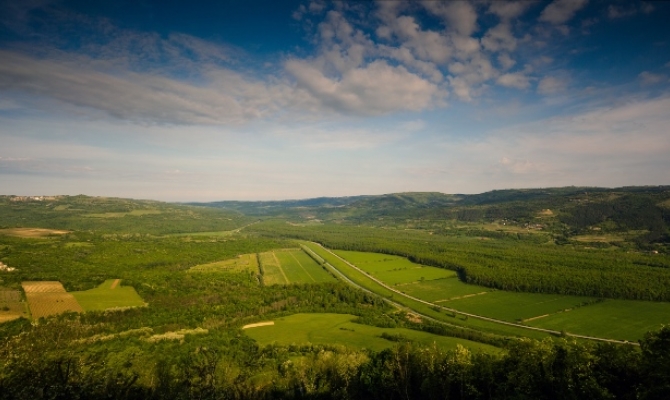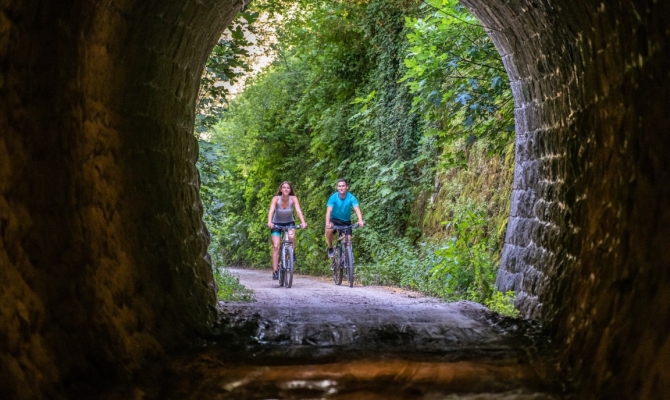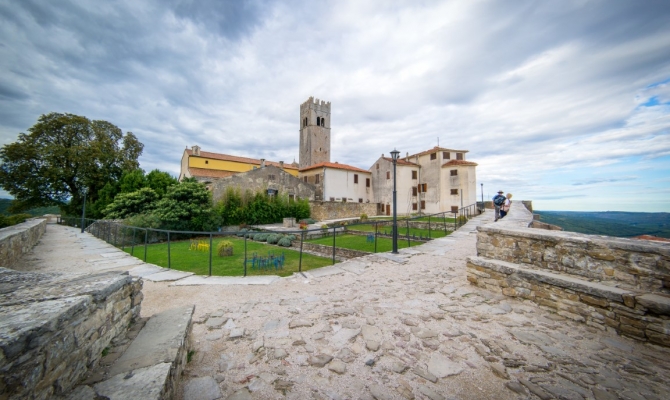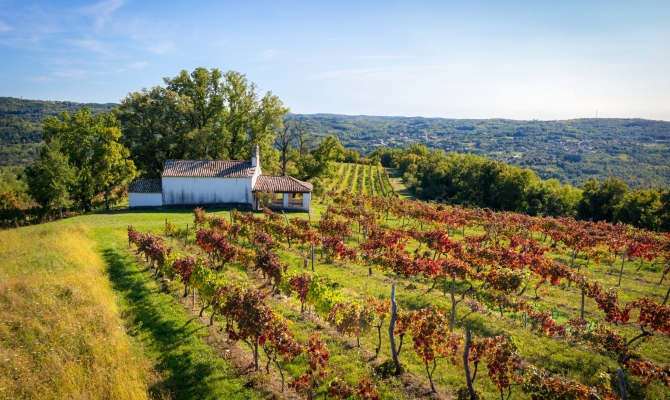Lookout point
The city walls protect a secret about the past, and a wonder about the future... They are mistical and unique...
From the city walls there is a spectacular view over the vineyards, the Mirna valley and the St. Marco Forest, which is known as the largest natural habitat of the white truffle. On a clear day, one can see the highest Istrian mountain, Učka, as well as the sea next the City of Novigrad. The view from Motovun hill is great, but so is the sight of the picturesque houses when one is approaching the Old Town.






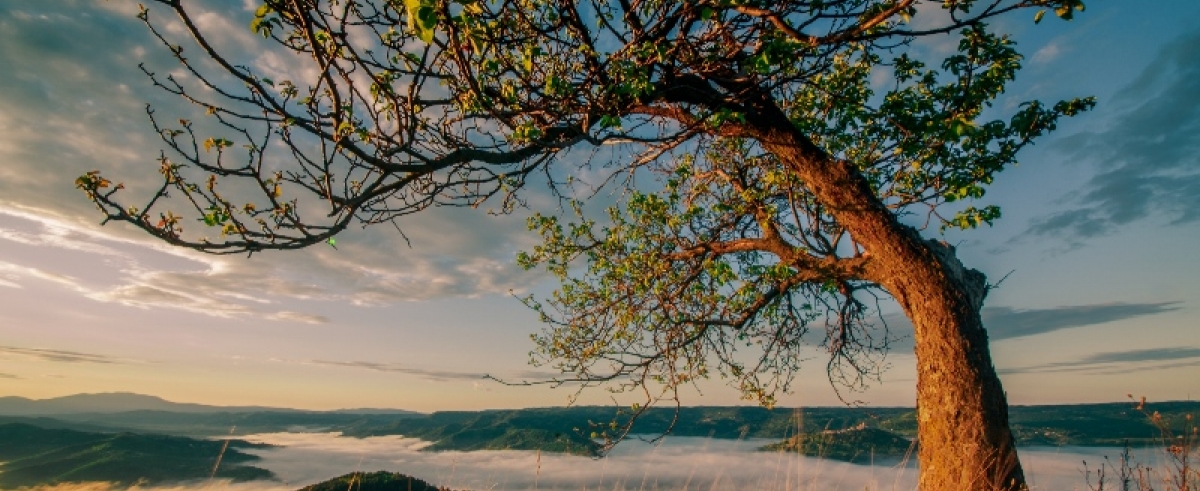
_(Large).JPG)
_(Large).JPG)
